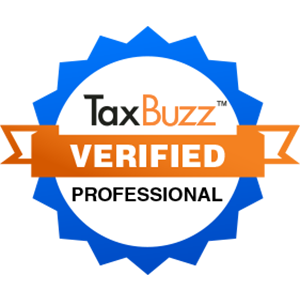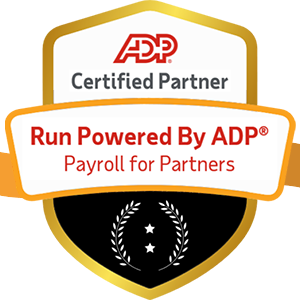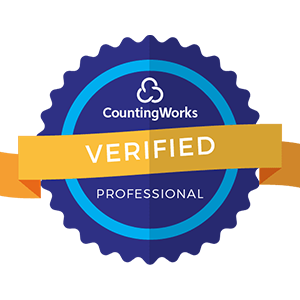Organizations are constantly seeking ways to gain an edge over their rivals. While factors such as product innovation, marketing strategies, and financial management play crucial roles in a company's success, one aspect that often goes overlooked is the importance of strategic talent management. Hiring the right people, providing them with adequate training, and retaining top talent are essential components of building a strong, resilient, and successful organization. In this article, we will explore a comprehensive framework for effective talent management, focusing on the three pillars: Hire, Train, and Retain.
The Importance of Strategic Talent Management
Before diving into the specifics of the Hire, Train, Retain framework, it is essential to understand why strategic talent management is so critical for long-term success.
- Competitive Advantage: Organizations with a well-executed talent management strategy are better positioned to attract and retain top talent, giving them a significant competitive advantage over their peers.
- Improved Performance: By hiring the right people, providing them with the necessary tools and training, and creating an environment that encourages them to stay, companies can boost overall performance and productivity.
- Cost Savings: High employee turnover can be incredibly costly for organizations, both in terms of direct expenses (recruitment, onboarding, training) and indirect costs (lost productivity, decreased morale). By focusing on retention, companies can minimize these costs and improve their bottom line.
- Better Decision Making: A diverse and well-trained workforce brings a wide range of perspectives and experiences to the table, leading to more informed and effective decision-making.
Pillar 1: Hire

The first pillar of the talent management framework is hiring the right people. This involves more than just finding candidates with the necessary skills and experience; it also means ensuring that they align with the company's culture, values, and long-term goals.
- Define Your Ideal Candidate: Before beginning the hiring process, take the time to clearly define the characteristics, skills, and qualities of your ideal candidate. This will help you create targeted job descriptions and interview questions that attract the right people.
- Use Multiple Recruitment Channels: Don't rely solely on traditional job postings to find candidates. Leverage social media, employee referrals, industry events, and professional networks to cast a wider net and reach a more diverse pool of potential hires.
- Conduct Thorough Interviews: Interviews are a crucial part of the hiring process, as they allow you to assess a candidate's skills, experience, and cultural fit. Use a combination of behavioral and situational questions to gain a well-rounded understanding of each candidate.
- Prioritize Diversity and Inclusion: Building a diverse and inclusive workforce is not only the right thing to do, but it also leads to better decision-making, increased innovation, and improved financial performance. Make sure your hiring practices are fair, unbiased, and aimed at attracting a wide range of candidates.
Pillar 2: Train
Once you have hired the right people, the next step is to provide them with the training and development opportunities they need to succeed in their roles and grow within the organization.
- Onboarding: A comprehensive onboarding process is essential for setting new hires up for success. This should include an introduction to the company's culture, values, and goals, as well as job-specific training and mentorship opportunities.
- Continuous Learning: In today's rapidly evolving business environment, continuous learning is no longer a luxury — it's a necessity. Provide your employees with ongoing training and development opportunities, such as workshops, conferences, and online courses, to help them stay up-to-date with the latest industry trends and best practices.
- Leadership Development: Investing in leadership development programs is crucial for building a strong pipeline of future leaders within your organization. Identify high-potential employees and provide them with targeted training and mentorship to help them develop the skills and qualities necessary for leadership roles.
- Performance Feedback: Regular performance feedback is essential for helping employees understand their strengths, areas for improvement, and progress towards their goals. Use a combination of formal performance reviews and informal check-ins to provide ongoing feedback and support.
Pillar 3: Retain
The final pillar of the talent management framework is retention. After investing time and resources into hiring and training top talent, it's crucial to create an environment that encourages them to stay with the organization long-term.
- Competitive Compensation and Benefits: Offering competitive compensation and benefits packages is essential for attracting and retaining top talent. Regularly review and adjust your offerings to ensure they remain in line with industry standards and employee expectations.
- Work-Life Balance: In today's fast-paced world, employees increasingly value work-life balance. Offer flexible work arrangements, such as remote work options and flexible schedules, to help your employees manage their personal and professional lives more effectively.
- Employee Recognition: Recognizing and rewarding employees for their hard work and contributions is a powerful way to boost morale, engagement, and retention. Implement a formal recognition program that celebrates both individual and team achievements, and make sure to provide regular informal recognition as well.
- Career Development Opportunities: Employees are more likely to stay with an organization if they see opportunities for growth and advancement. Provide clear career development paths and regularly discuss employees' long-term goals and aspirations to help them visualize a future with the company.
Implementing the Hire, Train, Retain Framework

Now that we've explored the three pillars of the talent management framework, let's discuss how to effectively implement it within your organization.
- Secure Executive Buy-In: For any talent management initiative to be successful, it must have the support and commitment of the organization's leadership team. Present a compelling business case for the Hire, Train, Retain framework, highlighting the potential benefits and ROI.
- Develop a Comprehensive Strategy: Create a detailed talent management strategy that outlines your goals, objectives, and action plans for each pillar of the framework. Make sure to involve key stakeholders from across the organization in the planning process to ensure buy-in and alignment.
- Allocate Resources: Implementing a strategic talent management framework requires an investment of time, money, and resources. Make sure to allocate sufficient resources to support your initiatives, including budget for recruitment, training, and retention programs.
- Measure and Adjust: Regularly measure the effectiveness of your talent management initiatives using a combination of quantitative and qualitative metrics. Use this data to identify areas for improvement and make necessary adjustments to your strategy over time.
In today's highly competitive business environment, strategic talent management is no longer a "nice to have" — it's a critical component of long-term success. By focusing on the three pillars of Hire, Train, and Retain, organizations can attract top talent, develop their skills and capabilities, and create an environment that encourages them to stay for the long haul. While implementing a comprehensive talent management framework requires a significant investment of time and resources, the potential benefits — including increased performance, cost savings, and competitive advantage — make it well worth the effort.
Call to Action
If you're ready to take your organization's talent management to the next level, start by assessing your current practices and identifying areas for improvement. Engage with key stakeholders across the organization to develop a comprehensive strategy that aligns with your business goals and objectives. And most importantly, remember that talent management is an ongoing process — by continuously investing in your people and adapting to changing needs and expectations, you can build a strong, resilient, and successful organization for years to come.





